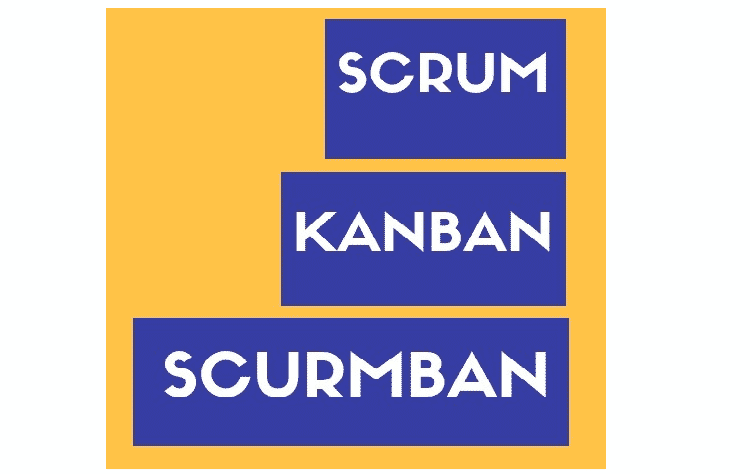Agile has become extremely popular over the years, and leading companies are adapting it more and more. There are various frameworks available, and out of them, the three most popular ones are Kanban, Scrum, and Scrumban. Scrumban is a mixture of Scrum and Kanban. Today, we are going to compare these three frameworks, and all of them have drawbacks and benefits.
Kanban –
Since we are comparing Kanban to Scrum and Scumban, we are getting started with it. This framework is based on visual cues and calculates what, when, and how much to produce. It is perfect for managing the workflow and boosting the performance.
Advantages –
Reduces Waste – This is done so that no waste products are manufactured. This means that overproduction is eliminated completely.
Inventory Level Management – It offers terrific inventory practices, and it is known for easing out the inventory levels, and it reduced the carrying costs significantly.
Flexibility – It ensures the there is no excess inventory when there is a sudden drop in demand, and therefore, it eliminates time to waste and lets people focus on current work. It makes supplies accessible and increases productivity.
Disadvantages –
It is less effective for shared resources and when there are too much of products. This is because Kanban assumes a stable production plan, and therefore, it is not suitable for production fluctuation. The system can get disrupted due to variability. Besides, it needs regular scheduling which may not be possible in all situations.
Scrum –
Now, let us come to Scrum which is slightly more popular than Scrum. It is called the dominant framework, and it is efficient in managing the development of products. The methodology is iterative and incremental, and it focuses on tightening the development cycles.
Advantages –
The method is simple and iterative and therefore, tracking a project workflow becomes easy. It is flexible to changes made in requirements and other related features and priorities. All team members can be made to involve in the process, and all their contributions can be taken into consideration. There will be no obstacle. Apart from that, productivity is likely to increase, and performance can be compared.
Disadvantages –
It is suitable only for experienced teams and for small teams. It is not applicable for novices as the project may not be completed. It is quite time-consuming in comparison to other models. There can be a lot of wasteful parts and therefore, people look for other others and Kanban has risen so fast.
Srumban –
As stated earlier, it is a combination of Scrum and Kanban, and hence, it is named so. It is known for adaptability and universality.
Advantages and Disadvantages –
The biggest advantage is that it is not at all time-consuming. This means it is going to save a lot of time and it has minimal waste production. The time is invested in understanding the demand for the current scenario and the future scenario. The quality control is another major advantage.
The disadvantage is that it is not specialized due to its universal approach. It takes the middle path due to which it is not preferred by most.
Conclusion –
Even though Scrum is more popular and established, Kanban is a better alternative. Scrumban is settled somewhere in the middle. All these methodologies are quite different from one another, and each one of them has its own advantages and disadvantages.

